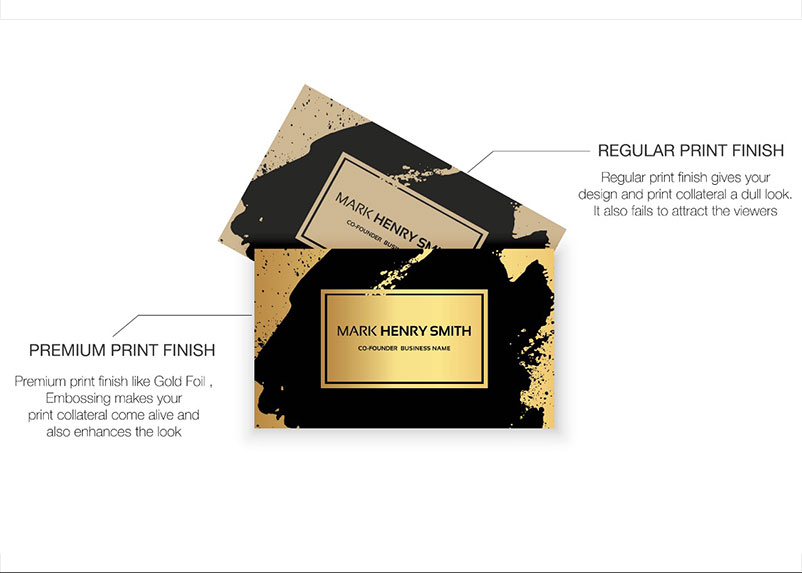
In today’s generation, one may think that print is dead but that is not entirely true. The print has been present for many decades and it has shown us how beautiful its journey in different formats. Today, we will talk about print finishing. Don’t be alarmed by the word, it simply means the final product of the printed job done on your choice which enhances the printed format more.
Let us take you to a deeper level. Finishing is a term referred to what happens to a job after it has been printed. A plethora of finishes is available to choose from, depending on particular preferences, budget and the purpose the print finishing is done.
Print finishing is the art of persuasion which make the looker fall in love at first sight. Starting with the basic, the packaging is the first art of persuasion. A high-class design, neatness and standard quality can appeal the consumer into so many levels. Good packaging can go way beyond the basic protection of contents such as emotions, appeal, quality and sensuousness. The packaging is direct information giver with its look and feel.
1. Varnishing here is for more than enhancement but protection. Using partial or blanket application of glossy or matte varnishes protect the content from getting yellowing or dispersion. Varnishes can be used on matte or silk coated paper to prevent smudging, finger marks and also to enhance the appearance of a printed item. Varnish can be applied on the whole document or you can opt for spot varnishing. The main 5 types of varnishes for print finishing are machine, matte, silk, UV and gloss.
2. Film lamination is the bonding of several layers of similar or different materials. The importance of film lamination is the protection of books or sales catalogues. A wide range of different films is used for specific purposes such as matte, glossy or patterned to portray choice of look and feel.
3. Stamping is a way of creating a discernible texture, a hap-tic experience. This type of print finishing is found in cardboard or paper to get the best end result. Stamping film print involves a stamping film being pressed onto the substrate with the aid of a stamping plate. Though, hot stamping involves films with a decorative effect, e.g. metallic films being transferred at high pressure and temperature.
4. Foil blocking can provide the ultimate decorative appeal to your printed material. Eventually one uses gold or silver foil but the extension has increased largely. Foils such as pigmented holographic and security foils are combined with embossed images to produce a varying tactile effect. Foiling is a simple technique to give a shiny effect with metallic foils in a specific area such as a logo. This method is quite expensive.
5. Blind stamping is nothing but a nuance of creating an effect with light and shadow. If you want to give your print a stunning 3D effect choose to emboss. It is particularly effective when used with processes like matte lamination with the spot UV image embossed out of the lamination or you can use with foil blocking method also to get the required effect. Embossing is nothing but a raised effect given to a particular area whereas Debossing is just the opposite. Debossing creates a depression to create an impression. Both can create wonders if it is used properly.
6. Laser and die-cutting are used to cut a particular design or motif into the paper or card. A die is used to knock out a hole for an image to show through setting coloured paper behind the cut-out can be a very effective way. In order to catch the eye, die cut can be used simply to round off the corners or cut out the company logo to give a sophisticated look.
7. Thermography is another exciting persuasion format that adds a new dimension to printed products by producing a raised finish to a selected area. This method is mostly seen in a heading or logo to highlight them. Metallic foils, glitter powders and pearlescent powders are used to produce an iridescent sheen. This method is heavily used in corporate stationery, presentation folders, report covers, invitations and packaging.
Print finishing turns your collateral into something ethereal. You can achieve your desired premium look by applying any of the above methods to create a unique product.